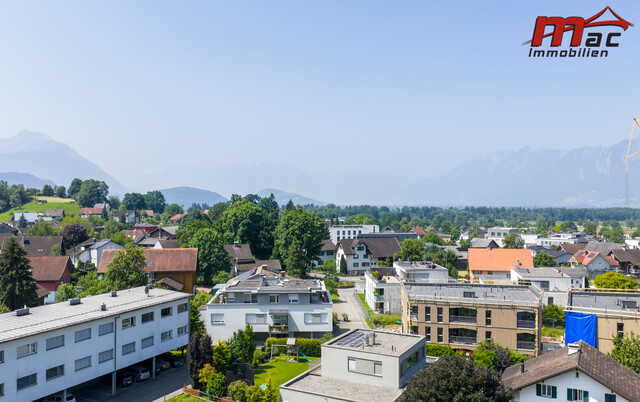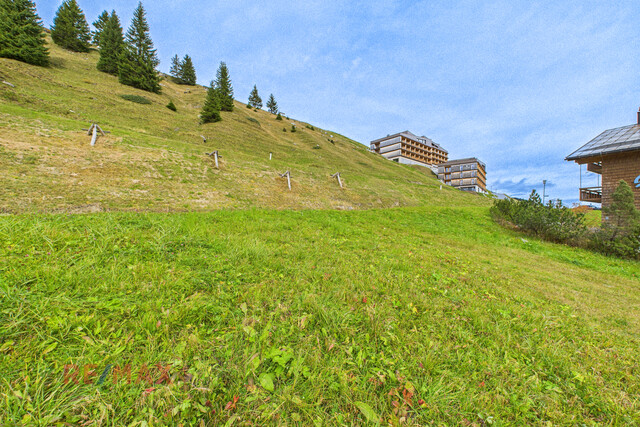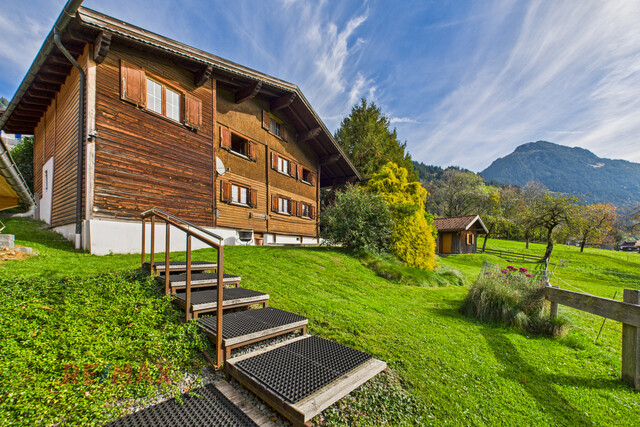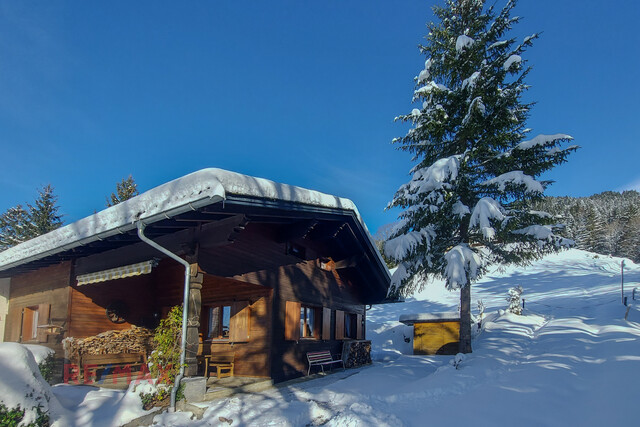Future of Vanilla Threatened by Climate Change

Climate change is altering the habitats of vanilla plants - and could thus impact global vanilla production in the long term. A team from the Belgian University of Leuven and the University of Costa Rica reports in the journal "Frontiers in Plant Science" that increasing climate extremes are changing the habitats of wild vanilla species - mostly found in tropical regions of Central America - and their mostly animal pollinators.
As a result, some regions may become more attractive for the plants, while no longer providing suitable living conditions for the insects that pollinate the plants. Due to these changes, the habitats of pollinators and pollinated may overlap less in the future, resulting in less pollination.
"The preservation of the natural populations of these wild species and thus the great genetic diversity they represent is crucial to securing the future of vanilla," the team writes in a statement.
Habitats of bees particularly affected
The researchers used modeling to analyze the distribution areas of eleven neotropical vanilla species and seven observed bee species under two climate scenarios up to the year 2050 - a medium scenario with moderate climate protection and a scenario with more conflicts and less global climate protection.
While some species could even expand their potential habitats due to global warming, others are threatened with a decline of more than half. For all bee genera, the models predict a decline in suitable habitats - with particularly drastic consequences in the less climate protection scenario.
While, for example, Vanilla inodora only grows in cloud forests and lower regions with heavy rainfall, other species are found only in hot regions with long dry periods - and could thus benefit.
Vanilla Often Dependent on Individual Bee Species
"A decoupling of plants and their pollinators could endanger the survival of wild vanilla species," warns lead author Charlotte Watteyn. Particularly problematic: the species are usually specialized on few or even individual pollinators. Substitute relationships are therefore hardly possible. For species that rely on a single bee genus, the overlap of habitats could even shrink by 60 to 90 percent.
Wild vanilla plants are also significant for agriculture: Commercially used vanilla (Vanilla planifolia) has low genetic diversity, making it particularly susceptible to diseases, drought, and heat - and thus already a victim of global warming.
For vanilla ice cream, pudding, and other desserts, global warming could have similar effects as it does today with many other foods: Poor harvests repeatedly cause shortages and thus higher prices for products like coffee, chocolate, or olive oil.
More Research and Protection Needed
As a limitation of their study, the authors note that comprehensive information on pollination mechanisms was not available for all species examined. The team calls for increased international collaboration and further research: The goal is to secure the resilience of vanilla cultivation and thus the livelihood of many small farmers in tropical regions.
(APA/Red)
This article has been automatically translated, read the original article here.
Du hast einen Hinweis für uns? Oder einen Insider-Tipp, was bei dir in der Gegend gerade passiert? Dann melde dich bei uns, damit wir darüber berichten können.
Wir gehen allen Hinweisen nach, die wir erhalten. Und damit wir schon einen Vorgeschmack und einen guten Überblick bekommen, freuen wir uns über Fotos, Videos oder Texte. Einfach das Formular unten ausfüllen und schon landet dein Tipp bei uns in der Redaktion.
Alternativ kannst du uns direkt über WhatsApp kontaktieren: Zum WhatsApp Chat
Herzlichen Dank für deine Zusendung.








